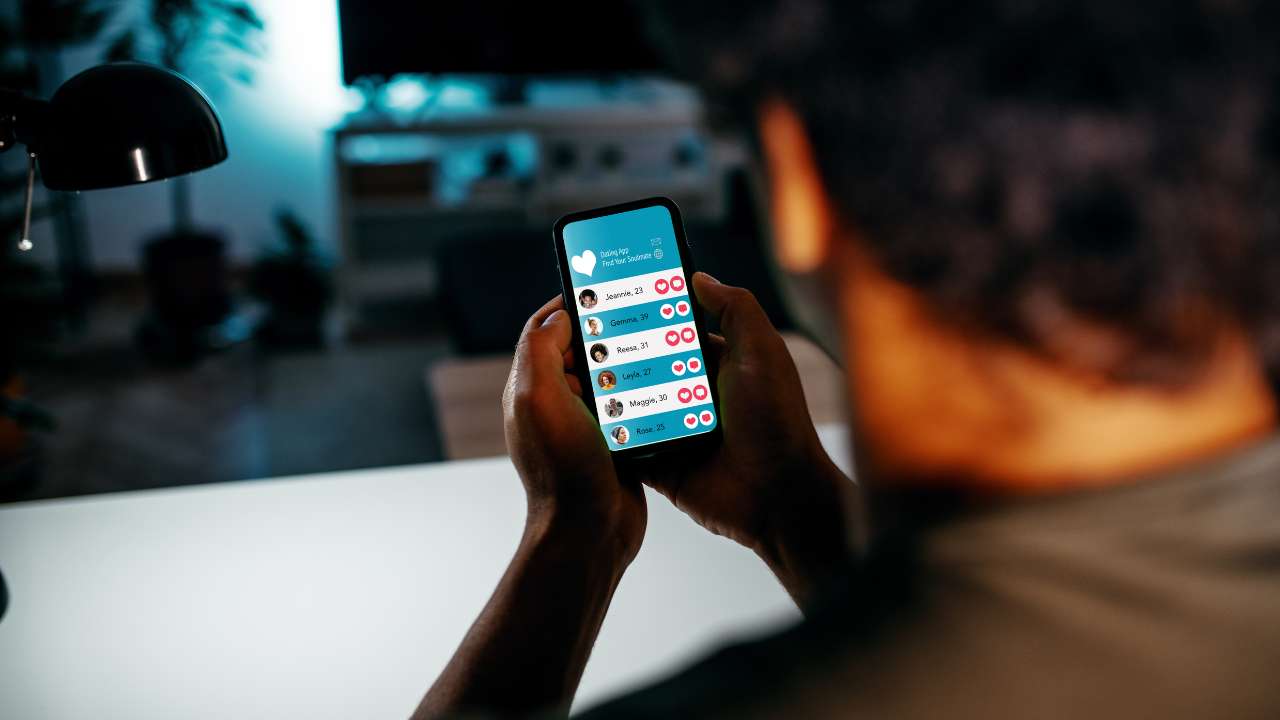Finding Your Match: The Impact of Technology On Modern Dating

Modern dating has undergone a revolutionary transformation in the past two decades. No longer are individuals confined to traditional methods of meeting potential partners through family introductions, social gatherings, or serendipitous encounters.
Technology, and in particular online dating apps, has redefined the landscape of romantic connections, bringing both profound benefits and new challenges.
The Rise of Online Dating Platforms
The Digital Shift:
In the early 2000s, dating platforms began their ascent, turning matchmaking into a digital pursuit.
Platforms like Match.com and eHarmony, with their algorithm-driven approaches, were among the pioneers that laid the groundwork for a myriad of apps and websites that would later emerge.
These platforms changed the perception of online dating from a last resort to a mainstream approach for singles of all demographics. They shifted the paradigm, making online dating not only acceptable but also preferred by many.
The Mobile Revolution:
The arrival of smartphones expedited the digital dating transformation. With apps like Tinder, Bumble, and Grindr, dating has become more accessible, location-based, and immediate.
These platforms leveraged the convenience and spontaneity of mobile technology, allowing users to swipe and match on the go. Furthermore, they transformed user engagement patterns, encouraging more frequent and spontaneous interactions compared to traditional desktop-based platforms.
For those eager to dive deeper into the world of online dating, don’t miss this comprehensive guide on the best dating sites to find love. It offers insights and reviews to help you make an informed choice on where to begin your digital romance journey.
Benefits of Technology in Modern Dating
Expanding Horizons:

Online platforms grant users access to a broader range of potential partners than ever before. Geographical boundaries diminish as users can connect with people from various locations, backgrounds, and cultures.
This democratization of dating allows individuals to discover and connect with people they might never have encountered in their day-to-day lives, fostering cross-cultural relationships and broadening horizons.
Efficiency and Precision:
Advanced algorithms and machine learning ensure that users receive matches aligned with their preferences, lifestyles, and values.
These systems analyze user profiles, preferences, and interactions to refine their match suggestions continually. This precision reduces the time spent on incompatible matches and increases the likelihood of finding a suitable partner, making the dating process more streamlined.
Challenges and Drawbacks
Paradox of Choice:
While increased options can be seen as a boon, they can also be overwhelming. The continuous influx of potential matches can lead to decision paralysis and decreased satisfaction.
This constant flow can also create a sense of disposability. Some users may feel that with so many options available, they can always move on to the next match, potentially preventing meaningful connections from forming.
Data Privacy and Safety Concerns:
As with many digital platforms, there’s a trade-off between convenience and privacy. Sharing personal information and preferences can make users vulnerable to data breaches and scams.
Moreover, the very nature of online dating—forming intimate connections with strangers—amplifies these concerns. Ensuring robust platform security and promoting user education becomes paramount in this context.
Emerging Trends in Tech-Driven Dating
Video Dates:
Many platforms quickly integrated video features, allowing users to have virtual dates, and fostering deeper connections while maintaining physical distance.
This shift highlighted the versatility of online dating platforms, ensuring that meaningful interactions could continue despite external challenges and disruptions.
AI and Enhanced Personalization:
Artificial intelligence is poised to further revolutionize dating. Its applications range from predicting user behavior to offering real-time advice.
As AI technology advances, its potential in the realm of online dating grows exponentially. With AI, the line between organic human interactions and technology-assisted connections may blur, ushering in a new era of hyper-personalized dating experiences.
Conclusion
The intersection of technology and dating has undeniably reshaped the landscape of modern romance. While tech-driven platforms have expanded possibilities and made finding a partner more efficient, they also present unique challenges.
By understanding these dynamics and staying updated with emerging trends, individuals can navigate the digital dating realm with confidence and discernment, moving closer to finding their ideal match.
As technology continues to evolve, so will its role in shaping human connections. Navigating this future will require both adaptability and a return to core human values of respect, understanding, and genuine connection



